HotSpots H2O: Rivers Run Dry in Bali as Tourism, Drought, Overwhelm Water Supply
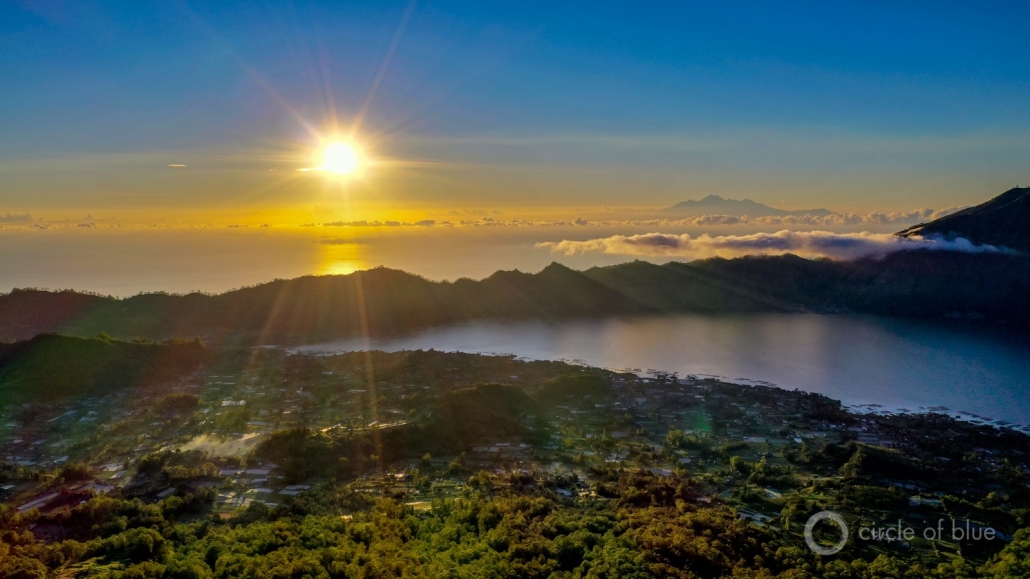
Bali, Indonesia. Photo © J. Carl Ganter/Circle of Blue
Bali is a beloved travel destination, known for lush forests and rice paddies, exquisite temples, and pristine beaches. Perhaps too beloved: the Indonesian island is in the midst of a drought and water is running out fast, pitting local water needs against those of the powerful tourism industry.
Indonesia as a whole is experiencing drought, with an estimated 50 million people affected. In Bali, dry conditions are magnified by efforts to accommodate the 16 million tourists that visit the island each year. In total, an estimated 65 percent of the island’s water is funneled into tourism.
Bali’s traditional irrigation system, known as “subak,” is designed to divert water from a channel to rice paddies and then back again. It’s been in operation since the ninth century, and it is the embodiment of the Balinese Hindu philosophy of balance and harmony between people, the natural world and the spiritual plane. The subak system supports all Bali villages, but it must now compete with the tourism industry. As a result, many rice paddies are vanishing.
“The subak system is still being used by every village in Bali, but now they’re fighting with people who work in tourism because their water sources are drying out and lots of paddy fields are disappearing as a result,” Dewie Anggraini Puteri, a fundraising officer for Indoensian NGO the IDEP Foundation, told Al Jazeera.
Both surface water and groundwater are coming under threat in Bali, data shows. An analysis by Indonesia’s Environmental Protection Agency found that 260 out of 400 rivers in Bali have run dry. The study also noted that water levels in Bali’s key reservoir, Lake Buyan, have tumbled by 3.5 meters.
To make matters worse, excessive groundwater pumping has caused the island’s water table to plummet. Fresh water is now being soured by salt water that is encroaching underground from the surrounding sea.
“We have three major underground water channels in Bali and they are all changing shape and shrinking because hotels are drawing too much water from their wells,” explains Sayu Komang, a programme coordinator for water projects at IDEP. “Our research also shows the quality of the water is really bad, too.”
In many ways, the island’s water crisis is unsurprising, considering the average tourist uses an estimated 2,000 liters to 4,000 litres (528 gallons to 1,057 gallons) of water per day. This number includes water used in resorts, swimming pools, gardens, and on golf courses, all major facets of Bali’s tourist appeal.
Both the government and NGOs like IDEP are working to boost water availability in Bali. They are building recharge wells to bolster groundwater levels and educating residents about water conservation. Two new dams are also under construction.
Improvements to water supply ultimately hinge on whether the island’s tourist industry can become more sustainable, and whether rains fall on the island in the first place. Parts of northern and western Bali haven’t received rain since April, and forecasts warn that the next rainy season, which normally begins in December, may be delayed until early 2020.
Kayla Ritter is a recent graduate of Michigan State University, where she studied International Relations and Teaching English to Speakers of Other Languages. She is currently based in Manton, Michigan. Kayla enjoys running, writing, and traveling. Contact Kayla Ritter

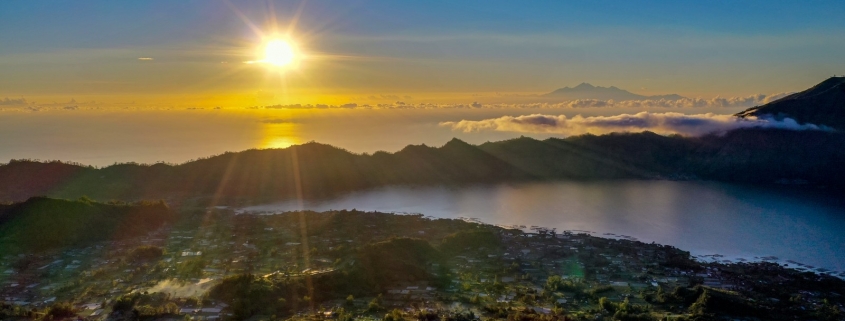

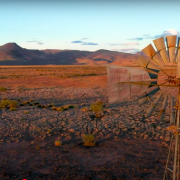
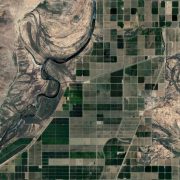
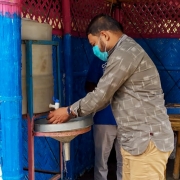
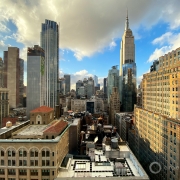
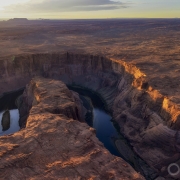
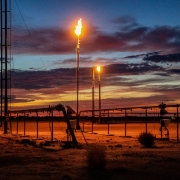



Leave a Reply
Want to join the discussion?Feel free to contribute!